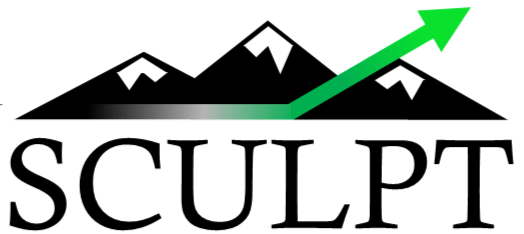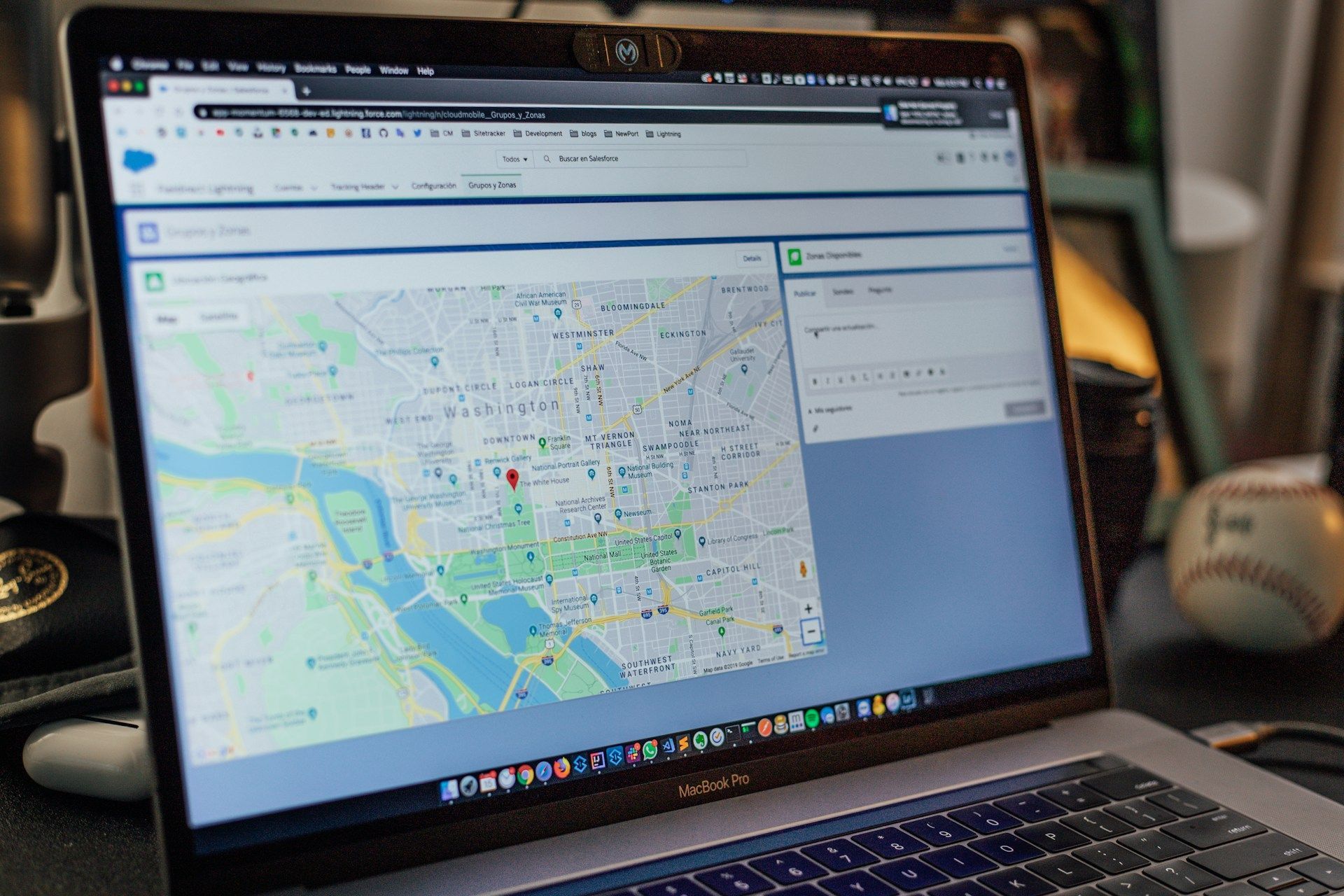How to Optimize Your Website for Faster Loading Times
In today's fast-paced digital world, the speed of your website can make or break the user experience. When potential customers visit your site, they expect quick access to information, whether they’re browsing from desktops or mobile devices. If we let pages load sluggishly, we risk losing visitors and diminishing our brand's credibility and search engine rankings.
We understand the critical role website performance plays in business success. Slow loading times have been shown to negatively affect bounce rates, user satisfaction, and conversion rates. That’s why we are committed to optimizing our web properties for peak performance. Numerous technical and strategic aspects can influence how swiftly a page loads. By identifying and addressing these factors, we can enhance our website’s functionality and provide a smoother experience for our users.
Ensuring your website loads quickly is not just about keeping visitors happy; it's a crucial part of maintaining a competitive edge in an increasingly crowded online marketplace. Join us as we explore the essential steps to take toward optimizing our site’s loading times, delving into practical solutions that are directly tied to improving site performance and user engagement.
Understanding Website Loading Times and Their Impact on User Experience
The speed at which our website loads is more than just a technical metric; it directly influences the user experience and our overall business performance. When our pages load quickly, visitors can easily access the information they need without frustration, making them more likely to engage with our content, trust our brand, and take action, such as making a purchase or signing up for more information. Conversely, slow-loading pages can frustrate users, leading to higher bounce rates and fewer conversions.
We also must consider the impact of loading times on search engine optimization (SEO). Search engines like Google consider page speed to be a ranking factor. Faster websites are likely to rank higher in search results, which increases visibility and drives more organic traffic. This connection between fast loading times, improved user experience, and better search engine rankings highlights the critical importance of optimizing our website's performance as part of our broader digital marketing strategy.
Key Factors That Slow Down Your Website
Several technical and non-technical factors can contribute to slow website loading times. Recognizing these can help us pinpoint where improvements are needed. Some of the most common culprits include:
1. Unoptimized Images: Large image files can significantly slow down page loading times because they consume a lot of bandwidth while loading.
2. Excessive Use of JavaScript and CSS: While these elements are crucial for creating interactive and visually appealing websites, too much code can lead to slower loading times. Especially if the scripts are render-blocking.
3. Poor Server Performance: If our server is slow or improperly configured, it can delay the loading of our website. Server response time is critical, and a slow server can be a bottleneck that impacts every user visiting our site.
4. Lack of Caching: Caching is a technology that allows the temporary storage of web documents such as HTML pages and images. Without adequate caching strategies, these items must be loaded anew with each website visit, which can slow down the experience for returning visitors.
Addressing these issues can significantly enhance our website's loading speed and, consequently, the user experience it delivers. Each of these factors requires specific strategies and actions, which form the basis of our ongoing website optimization efforts.
Step-by-Step Guide to Optimizing Your Images and Media
Optimizing images and media is essential because these elements often account for most of the data loaded on a webpage. We know that streamlined, efficient images can drastically improve loading times. Here is our robust, step-by-step guide for image and media optimization, which we strictly adhere to. Firstly, we always choose the right format: JPEG for photographs, PNG for graphics with fewer than 16 colors, and SVG for logos and icons. Next, we compress images without losing quality through tools that reduce file size but keep the image looking clear and professional.
Additionally, we use responsive images. This means the browser selects appropriately sized images depending on the device, which speeds up loading times without compromising the visual quality on larger screens. We also make use of lazy loading techniques, where images load only as they enter the browser's viewport and not sooner. This reduces initial load time, speeds up page performance, and enhances user experience by focusing on visible content first.
Advanced Strategies for Reducing Server Response Times
Reducing server response times is crucial for website performance. A server's response time can significantly delay how quickly our content is delivered to a user's browser. To tackle this, we first analyze our server’s performance to identify any bottlenecks. Using tools specifically designed to monitor server efficiency helps us pinpoint exactly where improvements are needed.
We enhance our server response time by choosing the right hosting solution based on our expected traffic and required resources. Opting for a more capable hosting service, if needed, is a direction we don’t hesitate to take. Moreover, using Content Delivery Networks (CDNs) to distribute the load more efficiently across multiple, geographically diverse servers ensures faster delivery of content to users around the world. Furthermore, we minimize the time it takes for databases to retrieve data by optimizing queries, reducing overhead, and implementing effective caching strategies, ensuring dynamic content loads quickly.
Closing
Recognizing and improving website loading times is not just a technical necessity; it’s about enhancing user experience and improving site engagement and retention. We have delved into several techniques ranging from optimizing images and media to advanced server response strategies. By implementing these methods, websites will not only load faster but will also provide a smoother experience to visitors. This leads to better user satisfaction, higher SEO rankings, and ultimately, more conversions.
Are you ready to enhance your
website's performance and make the most of each visitor's experience? Reach out to Sculpt Marketing & Consulting today. Let us help you transform your digital assets into fast, efficient, and highly engaging platforms that drive your business forward.










